Miguel Covarrubias and the Harlem Renaissance The Mexican Who “Discovered” the Black People in the United States

The mexican painter, caricaturist, ethnologist and art historian Miguel Covarrubias at work | Photo (detail): © D.R. Instituto Nacional de Antropología e Historia, México
It was a premiere to show African Americans in one of the most respected magazines in the USA - at a time when racial segregation still existed there. The illustrations were supplied by Miguel Covarrubias.
In 1924 José Juan Tablada wrote a column in the daily newspaper El Universal. In it he maintained that Miguel Covarrubias was “the man who discovered Black people in the United States”. The first to “see beauty where no one had seen it before”. In the same year, Vanity Fair magazine published a series of illustrations that Covarrubias had created about the African Americans of Harlem. For an African-American to appear on the pages of the magazine was a first. Miguel Covarrubias was a young illustrator in his twenties who was in New York thanks to a grant from the Mexican government. The presence of “Chamaco” (the boy), as he was to become known due to his youth, coincided with the presence of a prominent group of Mexican intellectuals and artists in the emblematic US city. And at the same time with the birth of a movement that brought African-American culture to the fore through literature and art: the Harlem Renaissance, the rebirth of Harlem. Entitled Enter the New Negro, the article in Vanity Fair at the time had a strong impact on the image of the modern African American and consequently on the power and spread of the ideas of the Harlem Renaissance. At the same time, it was to play a fundamental role in the recognition of African American culture among the - white - middle and upper classes in the USA who read this type of magazine. The construction of this “New Black” was one of the central efforts of the Harlem movement. It was directed against the stereotypes that were circulating in the visual culture of this epoch. Mainly through literature, but also through theatre, visual arts and music, this group fought to occupy new spaces in the cultural field and was creating a new image of itself. Covarrubias' illustrations were generally well received by the African-American community of Harlem, which called itself the “New Negro Movement”, since they fundamentally signified the acceptance of this new identity in the dominant culture. If we examine the illustrations with Covarrubias’ drawings more closely, however, we see an image being constructed that was undeniably based on the expectations of the white elite.Covarrubias’ “New Black”
Once the initial shock of seeing a group of African Americans on a double-page spread in one of the most respected publications in the United States, a country where racial segregation still existed, had subsided, Covarrubias’ “New Black” was bound to provoke sighs of relief amongst the white elite: before their eyes he was no longer the noble savage, tamed by forced labour in the fields, but a cultured and highly developed individual, with artistic talents and dressed according to the latest fashions. The headline that accompanied the illustrations highlighted precisely this: The “New Black” had left behind the Black man of the cotton plantations, who played the banjo and sang field hollers. This new Black person was as “real as your neighbour” (Vanity Fair, 1924), an urban being who had detached themselves from their rural past.Covarrubia's illustrations were imbued with concepts that the US elite considered acceptable. However, this does not detract from their profoundly subversive character in the context of the time. Accompanied by texts by Afro-Caribbean writer Eric Walrond, which were influenced by Harlem slang, the corresponding pages of the magazine will have caused more than a raised eyebrow or two. Especially since their creator was a Mexican. Themselves accustomed to being the objects of observation, the group of Mexicans in New York changed the direction of the traveler's gaze. They reversed processes that had existed for centuries, in which the Mexicans were the strangers that needed to be understood.
Through his column Nueva York de Día y de Noche (New York by day and by night), José Juan Tablada was now a Mexican who wrote a travel chronicle. Just the way the European explorers used to write. Through his pen, Tablada appropriated a world that seemed completely foreign to him. His impressions of New York must have been fascinating descriptions for his readers in Mexico. For them, Manhattan represented the epitome of modernity. But the accounts were also an avowal to the West: Now we are the ones who observe and try to understand your strange customs and views. A new Mexican had entered the stage.
As “Real as Your Neighbour”
In this respect, the aspirations of the Mexican movement in New York - with its own avantgarde elements - and those of the Harlem Renaissance are not so different from one another. What the illustrations and caricatures of Covarrubias highlight is the intersection of two minority and historically colonised groups. Covarrubias' gaze is permeated with ethnic stereotypes. But he may have identified in the expectations towards African Americans the very same exoticism that was exploited for European and Anglo-Saxon consumption when it was “the Mexican”.Nonetheless, consciously or unconsciously, Covarrubias played an important role in reinforcing the stereotypes. His work couples the figure of the African American with dance and music. He thus satisfies a deeply rooted requirement of the white image of the African American (see below: Phoebe Wolfskill, 2009). A number of scholars who have studied Covarrubias’ work have also pointed out that such a representation coincides with the illustrator's own interests. The latter left an important legacy in terms of his dance studies. However, this does not eliminate the racist streak in his illustrations. By linking African Americans to the music and show business, he presents them as a community of nightlife, suspended between vice and sexuality.
We can excuse Covarrubias’ work in Vanity Fair from all possible perspectives - his anthropological interest, his own satirical eye, the admiration his work received from the most prominent figures of the Harlem Renaissance, the visualisation of this “beauty that nobody had seen” and its subsequent recognition by the magazine's white readership. But we must not deny that the same exaggeration of ethnic traits that Covarrubias draws should later result in profoundly racist manifestations such as “blackface”. Or that the sensuality of his personalities still shapes our idea of the African American - or Afro-Caribbean - as an inherently sensual person. This is nothing more than a reification of their bodies in the dominant visual culture. Ultimately, Covarrubias drew a world that was alien to him despite his admiration. This foreignness manifested itself clearly in his work for Vanity Fair. It is also permeated by a racism that we Mexicans won't dare admit to.
Literature
– José Juan Tablada: “Nueva York de Día y de Noche: Miguel Covarrubias, el hombre que descubrió a los negros de Estados Unidos” (New York by day and by night: Miguel Covarrubias, the man who discovered the Black people in the USA), daily newspaper El Universal, 30 November 1924.
– The original title of the article written by the editor of Vanity Fair was: “Enter the New Negro [...] Exit, the Coloured Crooner of Lullabys [sic.], the Cotton-Picker, the Mammy-Singer and the Banjo-Player”. The phrase “as real as your next door neighbour” appeared in the accompanying text. Vanity Fair, December 1924.
– Phoebe Wolfskill, “Caricature and the New Negro in the Work of Archibald Motley Jr. and Palmer Hayden”, in: The Art Bulletin, Vol. 91, No. 3 (September 2009), p. 354.
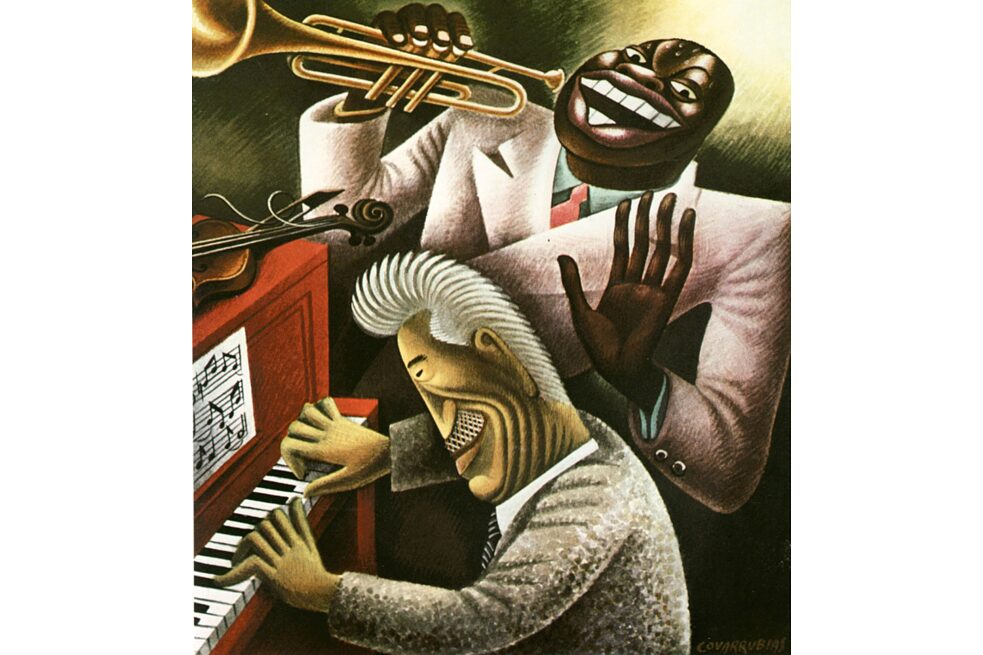
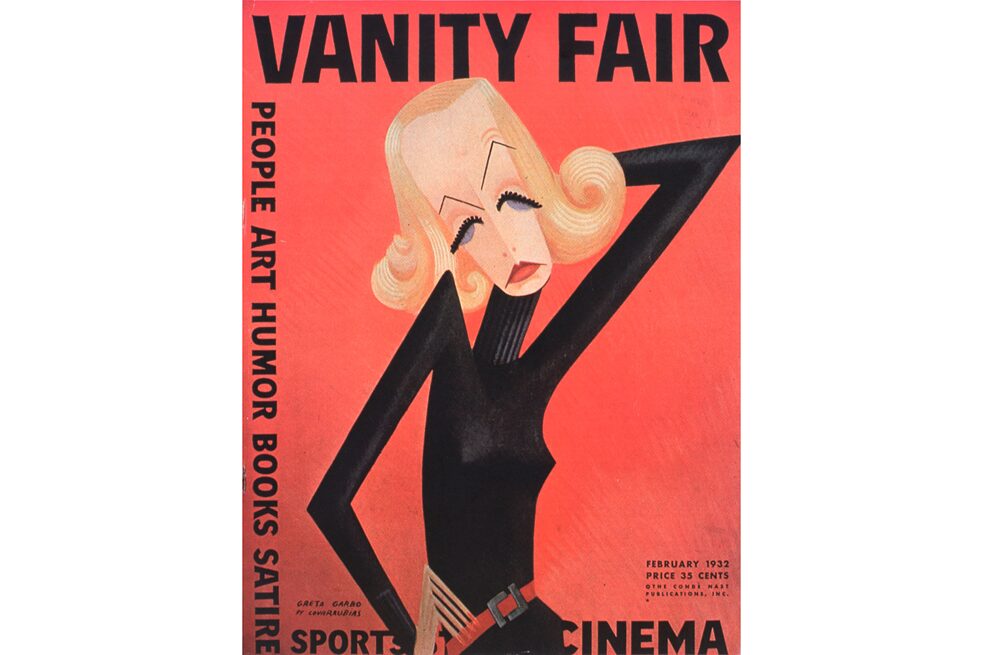
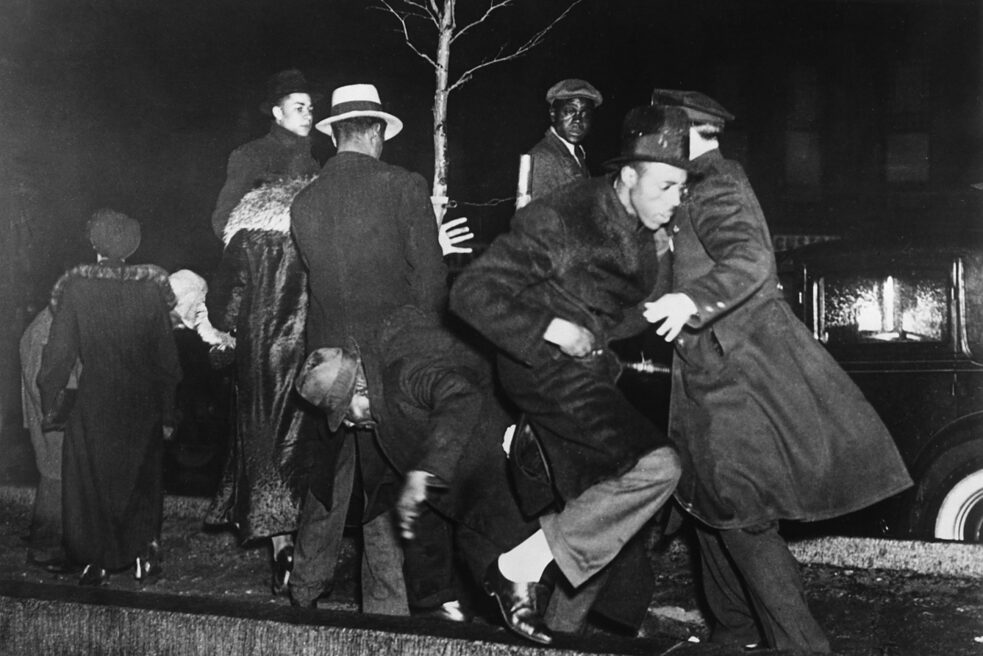
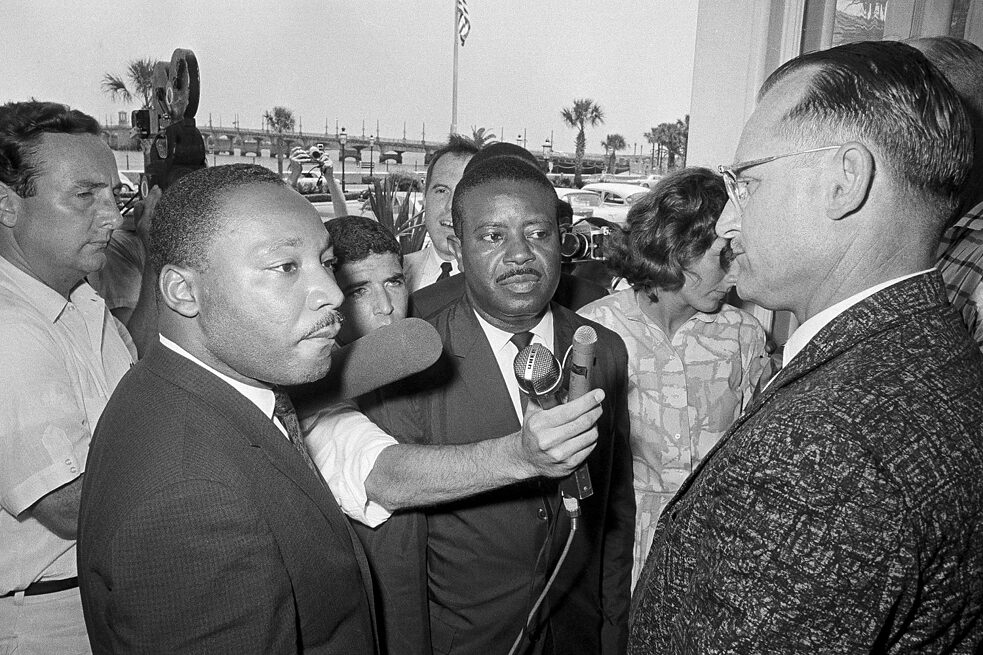
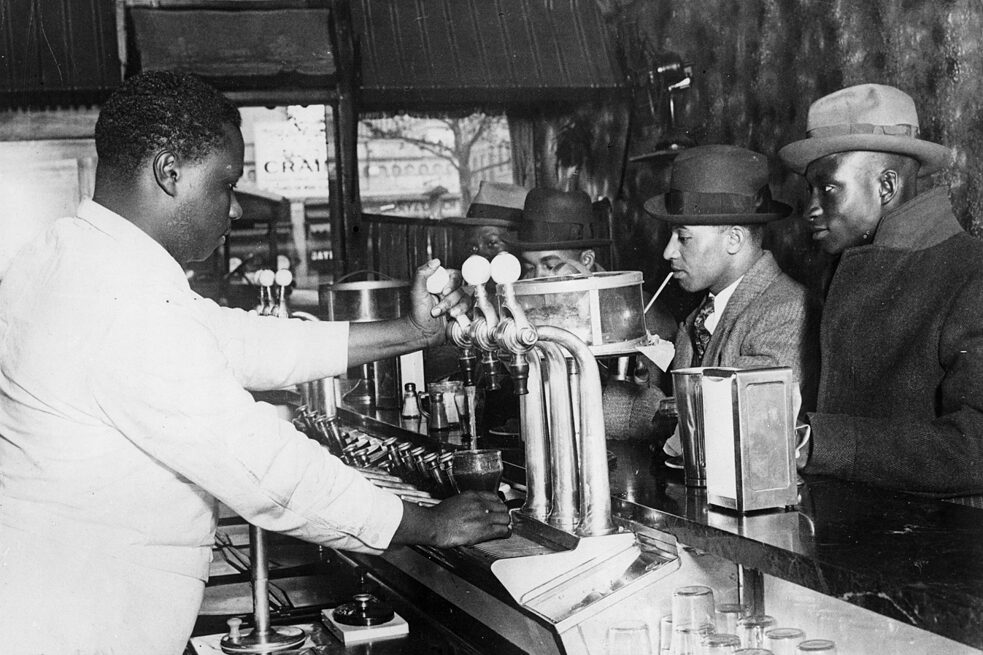
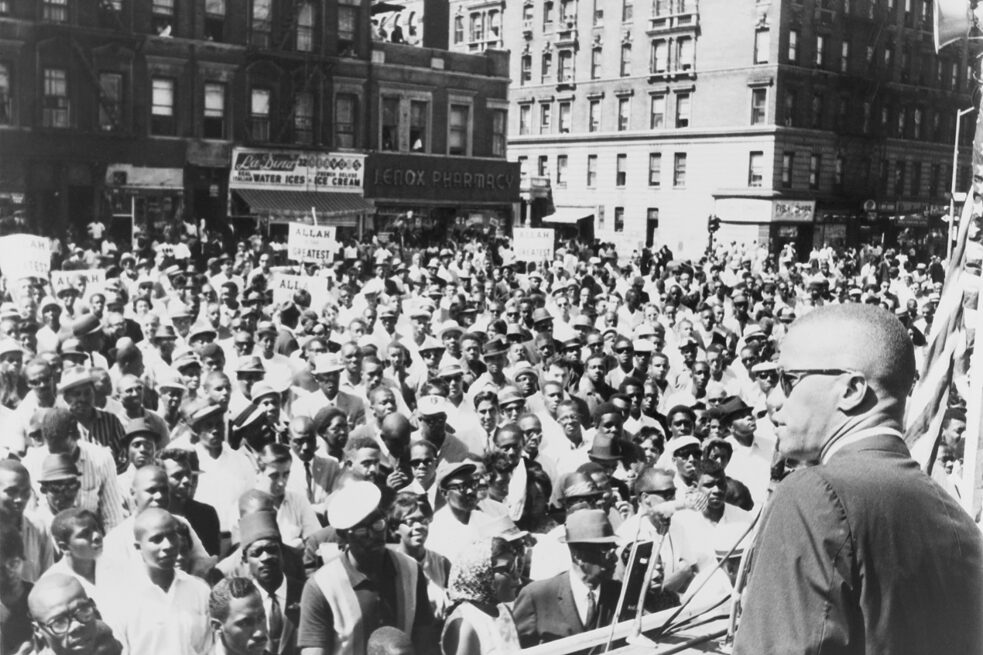
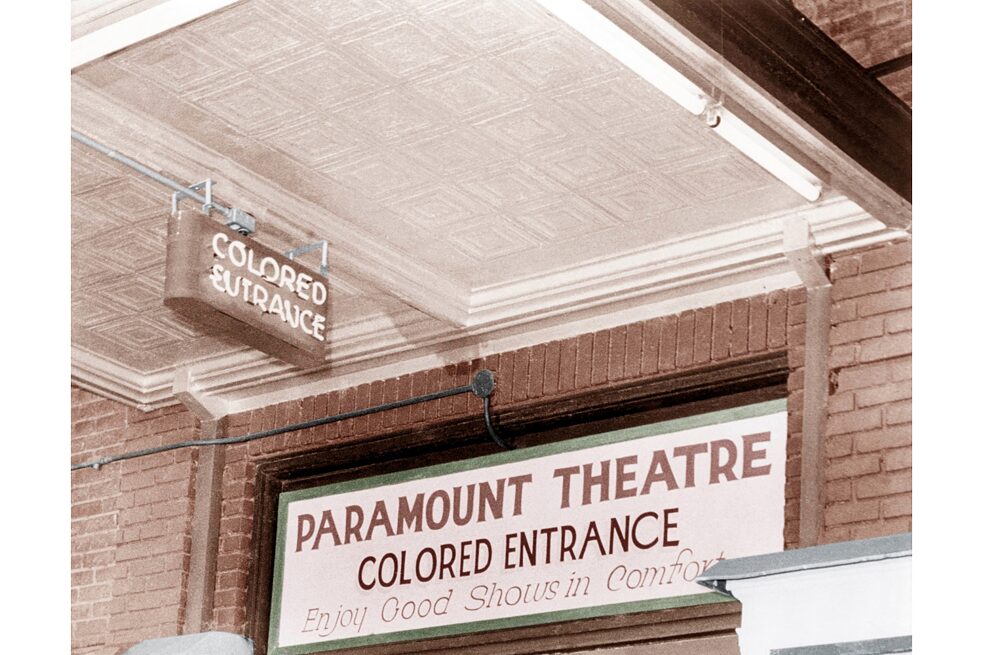
0 0 Comments